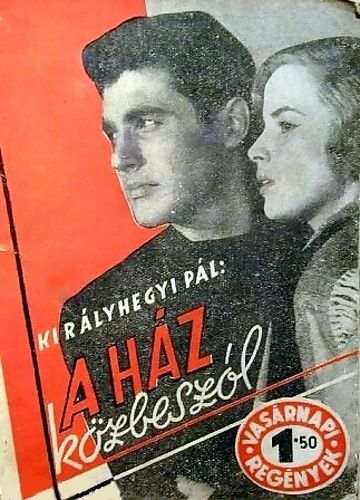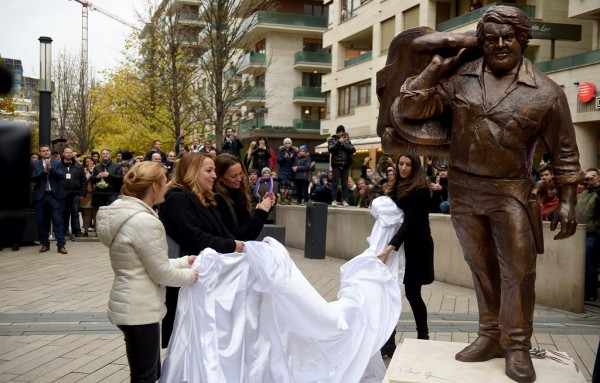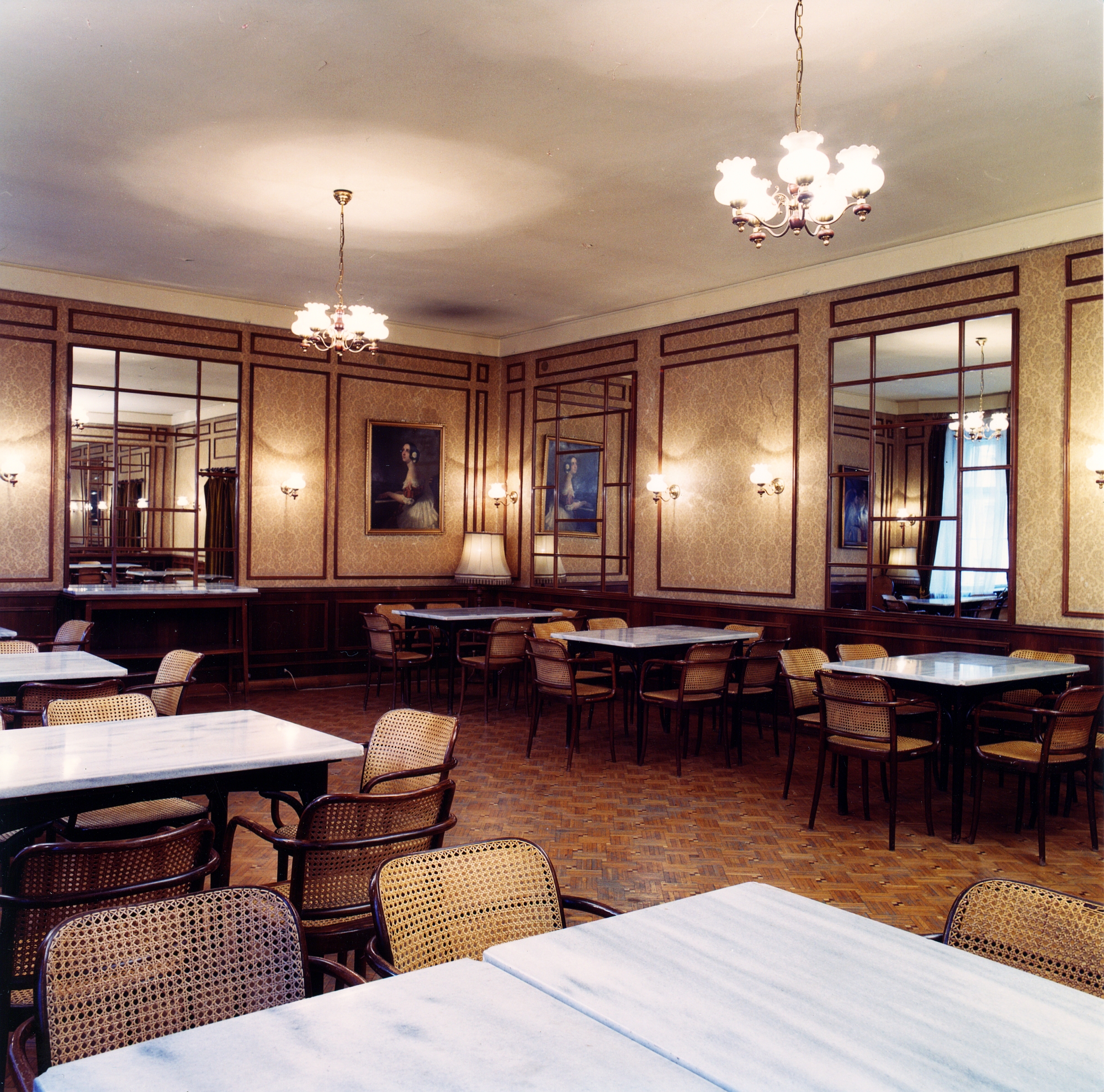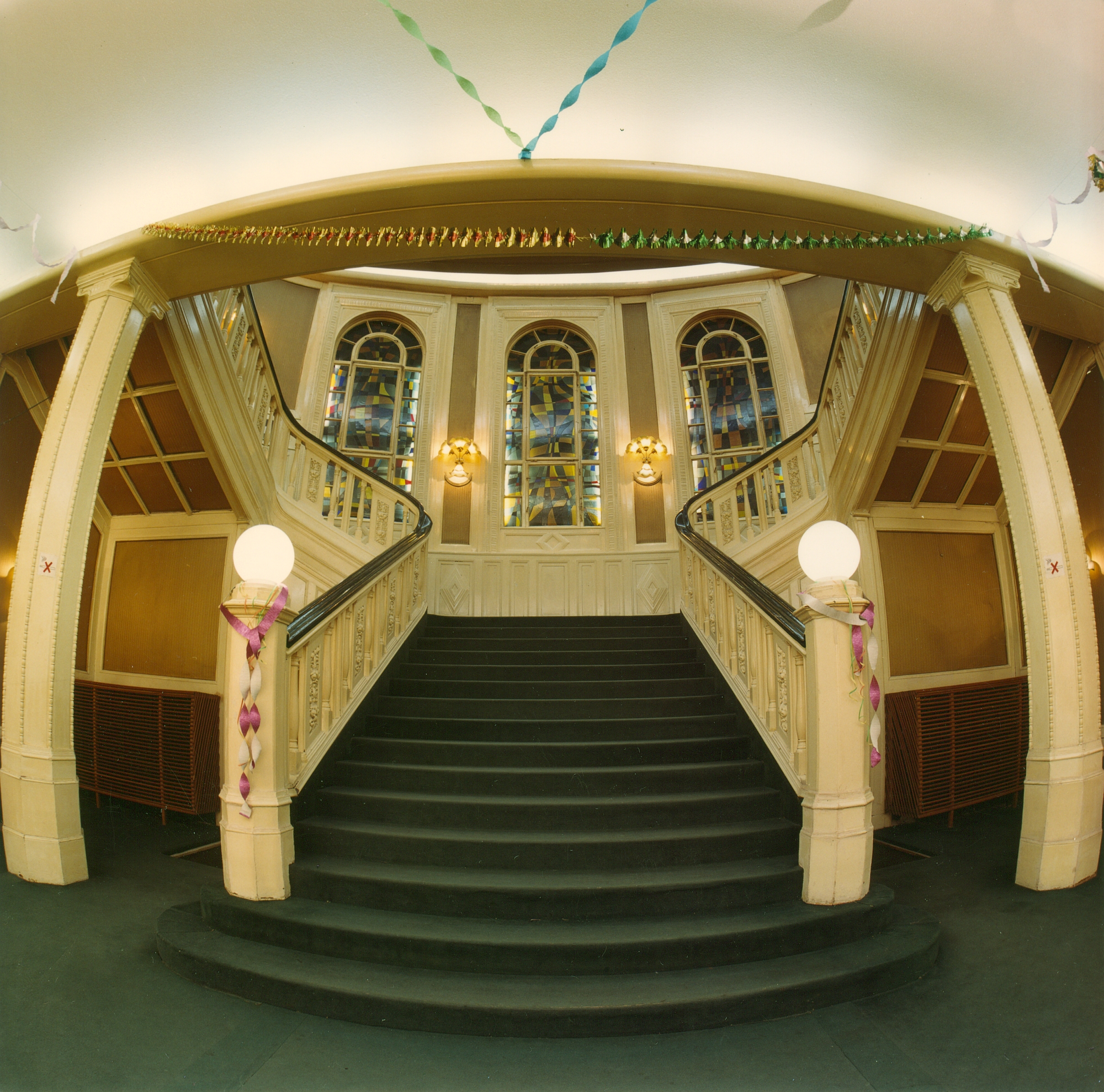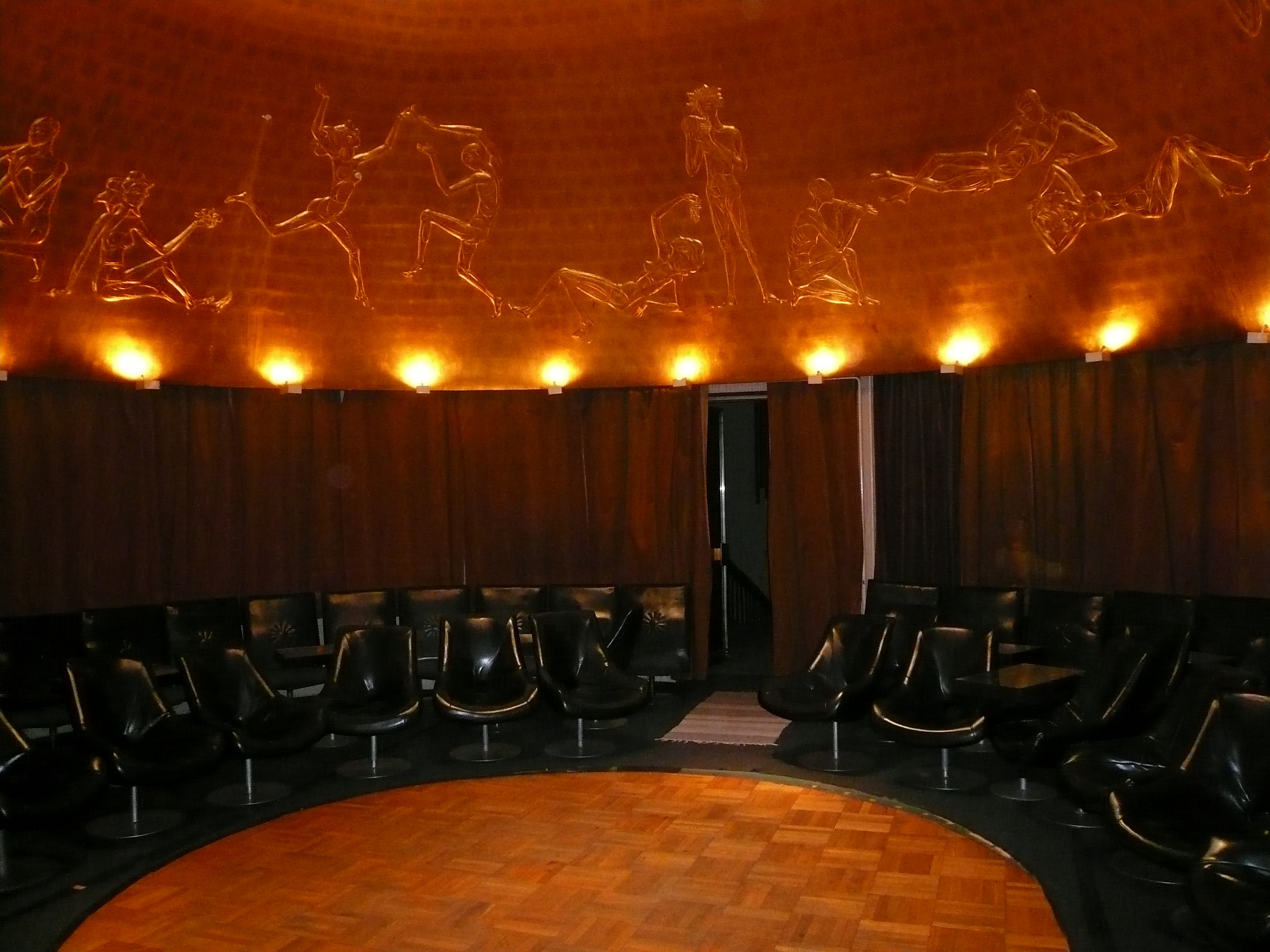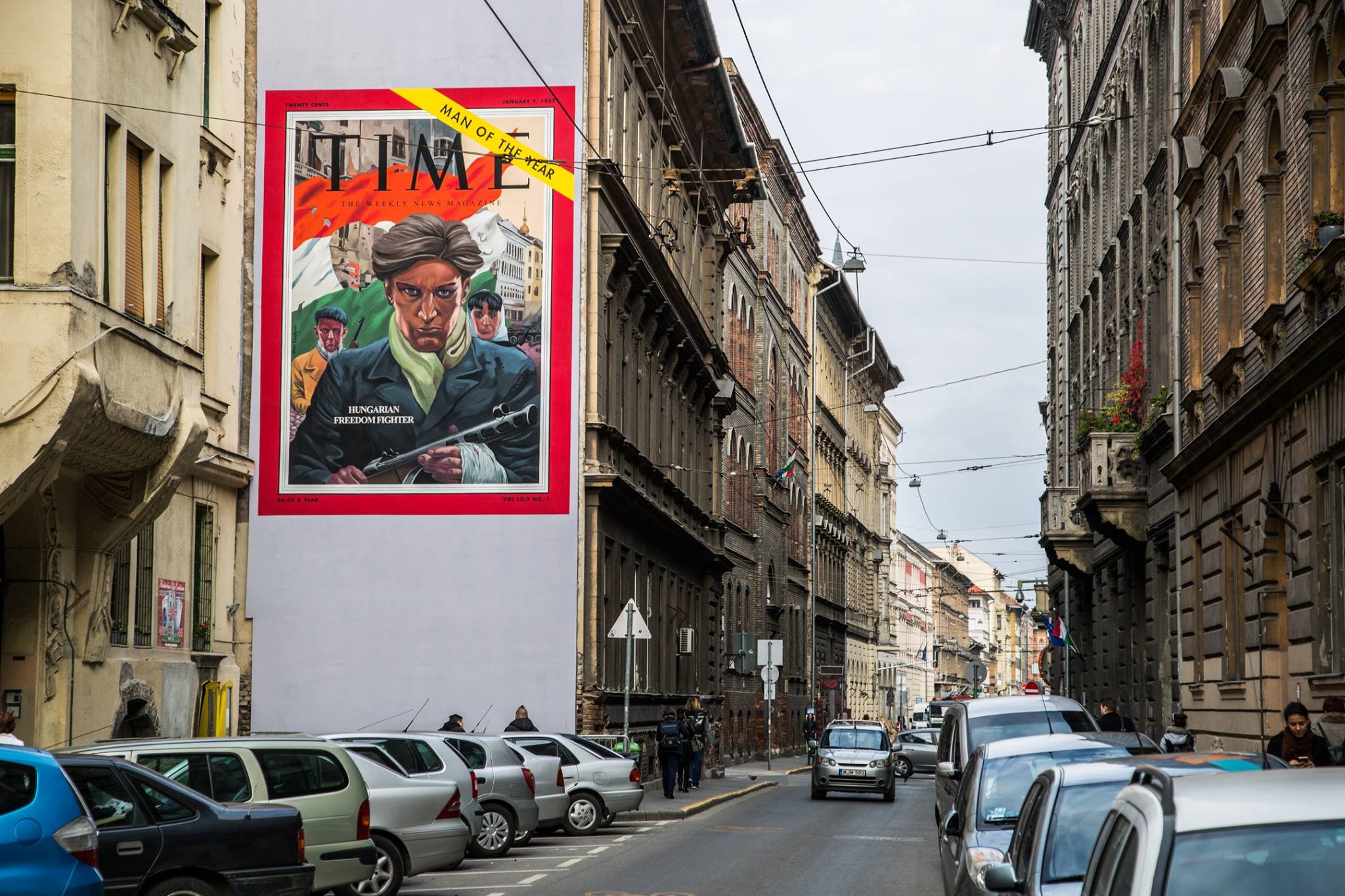Kossuth Square Captured by Drone!
zita kisgergely
There’s a famous story from the filming of Eyes Wide Shut, about how director Stanley Kubrick had an assistant set up a ladder at one end of a New York street, climb to the top, take a photo from second story level, then climb down, move the ladder a bit, and repeat the process until the entire street had been shot in panorama format, all so he could determine if it was the right location for a long tracking shot. Perhaps these days, such a huge expenditure of labor would not be necessary, as now we have drone technology.
These photos, taken from a drone, were commissioned by the Hungarian National Assembly, a part of the national government, much of which is situated on Kossuth Square, right by the Danube River. Most structures on the formidable square get overlooked in favor of the grand, ornate, and enormous building of the Hungarian Parliament, which tends to hog all the camera attention. But this series of photographs challenges that, highlighting the less viewed but still very photogenic structures that line the square.
The purpose of the photos was to assess the condition of the buildings, as the square is a protected landmark, and it is important for the government to note if unauthorized changes have been made to the structures. But the photos also work surprisingly well as architectural photography, with their distinctly Hungarian design. Even the tarp-swaddled Museum of Ethnography (soon to be the site of the Ethnography Archive and Library), looks eerie and almost like something out of a film set. Enjoy this rare view of Kossuth Square, sans Parliament. (Click images to enlarge.)
Photo: Országgyűlés Hivatala
Photo: Országgyűlés Hivatala
Photo: Országgyűlés Hivatala
Photo: Országgyűlés Hivatala
Photo: Országgyűlés Hivatala
Photo: Országgyűlés Hivatala
Photo: Országgyűlés Hivatala
Article source: index.hu
All photos and photo rights belong to Országgyűlés Hivatala, The Hungarian National Assembly
Flatpack Films is based in Budapest, Hungary. We are a film company that offers an inspiring and professional work atmosphere for our local and international clients. Since our inception, our focus has been providing the best of the best in terms of local production resources, locations, cast, and technical teams to ensure that whatever the production we facilitate, we do to highest standard possible.











